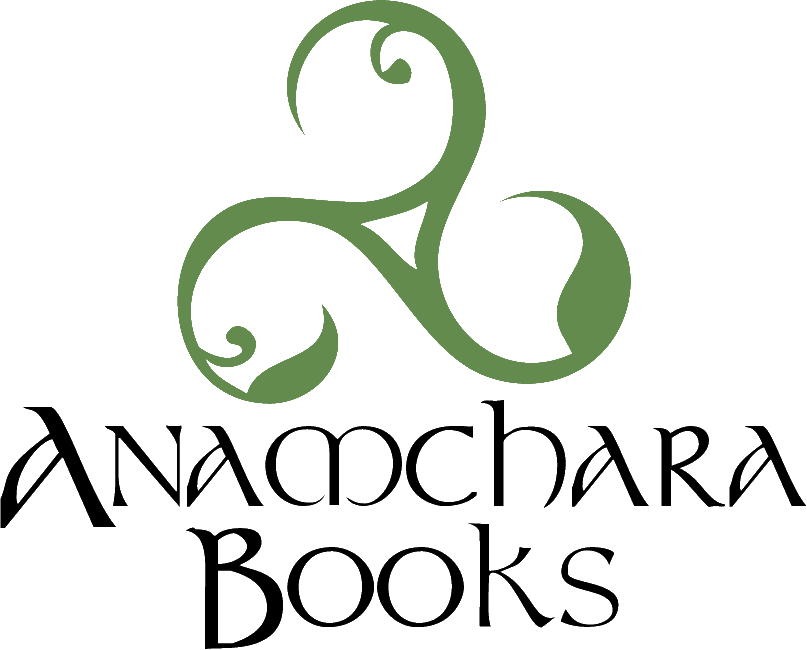Honoring Our Roots at Samhain by Meg Llewellyn
/At Samhain, the Celts honored and feasted their ancestors, not as the dead but as the living spirits of loved ones, the long line of kin who guarded the root-wisdom of the tribe. Samhain’s Eve was the night to remember and toast these beloved ones, for the veil between the living and the dead was thought to be thin, and communication was possible. These Celtic celebrations in many ways resembled the Day of the Dead festivities celebrated by Mexican Americans and other Hispanic groups—not a somber festival but a celebration, a joyful acknowledgement that death is not the end of our family ties, that kinship survives even death. Our modern Halloween celebrations don’t offer us that same connection with our ancestors.
Family trees are “in,” of course, and Ancestry.com does a booming business, but this is relatively recent fad, a newfound fascination with the people who went before us. Few of us can trace our family line back more than a few generations, and we usually consider genealogy a hobby rather than a spiritual practice. The ancient Celts, however, along with most every indigenous group in the world, felt a sense of rootedness and identity in their ongoing connection with their ancestors.
Christianity and Western philosophy have often dismissed “ancestor worship” as either idolatry or delusion. Catholic Christians maintain a greater sense of connection with those who have left this life (and the November 1 celebration of All Saints is a day to acknowledge this), while Protestants generally perceive the dead as truly gone, existing in some eternal realm where any relationship with them must wait until we too leave this life. For those of us outside either of these spiritual traditions, the dead are largely irrelevant to our lives. We mourn those we have lost to death, and then we “move on,” filling the holes they left as best we can. As for our ancestors, people we never personally knew, we regard them with curiosity rather than love.
The Celts, however, felt a sense of intimacy with their ancestors. They believed the Ancestors inhabited the Otherworld—not a faraway afterlife but a here-and-now that lies at a slant from our perceptions, a hidden landscape within the same world we see with our physical eyes, a place where the normal rules of time and space no longer exist. The portals to this world lie all around us in the “real world.” Ritual connections with the Ancestors at Samhain not only strengthened family bonds but also heightened the Celts’ awareness of this Otherworld and gave them greater perspective on their own lives.
The Celts (as well as many indigenous groups) traced their lineage all the way back to the gods. This may seem like a way to inflate the importance of their own family line, but in reality, it was not so different from the Judeo-Christian belief in the creation of Adam and Eve as our primal parents. Honoring the long chain of ancestors was a way to acknowledge and affirm a living, flesh-and-blood connection with the Divine, one that is interwoven with our very DNA. From this perspective, the genetic line is like an umbilical cord connecting us to God.
The modern world looks at the individual as the focal point of identity, but indigenous peoples, including the Celts, found their identities within their connections to the tribe—the kin-group. Spirituality was deepened within the context of service to family and community, rather than in the “personal spiritual growth” we often think of today. Furthermore, external identity did not come and go with personal success or failure, as we so often believe. Instead, it was a deep, firm connection to the ongoing kin-line, a root that could never be pulled out regardless of personal circumstances.
Though we may be largely unaware, we too are connected to the people who lived before us. We are linked to them not only by unbroken genetic chains, but their choices, beliefs, and actions also form links of invisible connections, spanning the generations back into the past. We are who we are today because they existed.
And so in this Samhain season, may we honor those who have gone before us, extracting from their memory a greater personal stability, an enhanced awareness of the spiritual world, and deeper meaning in our daily lives. By "getting back to our roots," perhaps we will find new ways to grow.
Meg Llewellyn is the author of a number of books on Celtic mythology and tradition, including Celtic Miracles and Wonders and The Dragon Within Your Heart.



